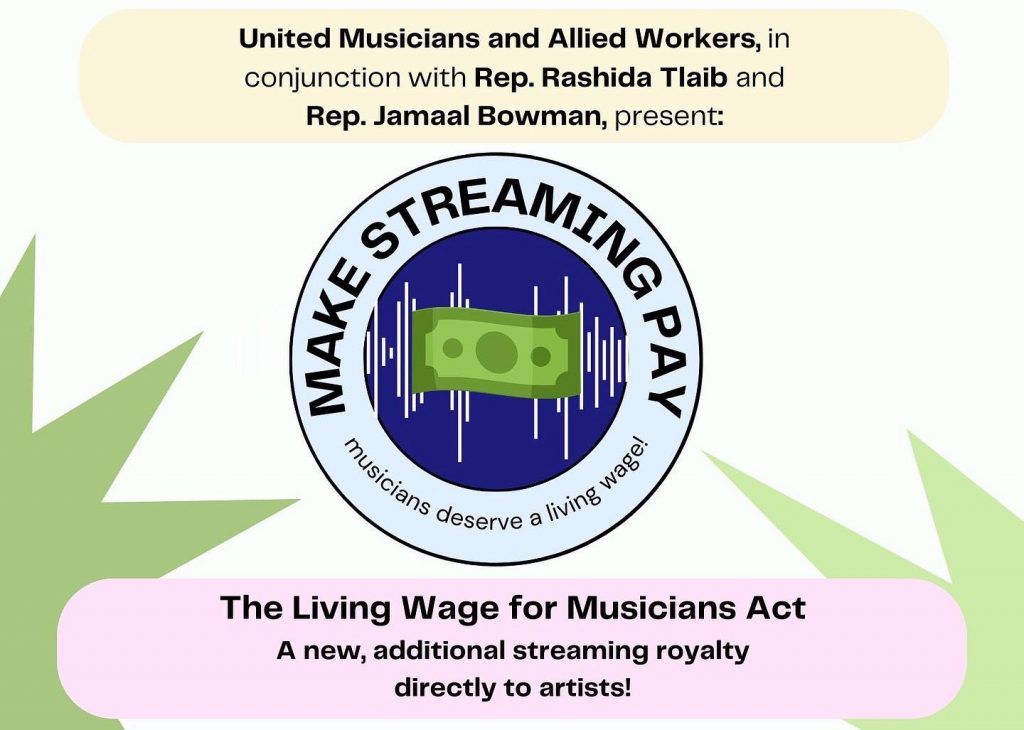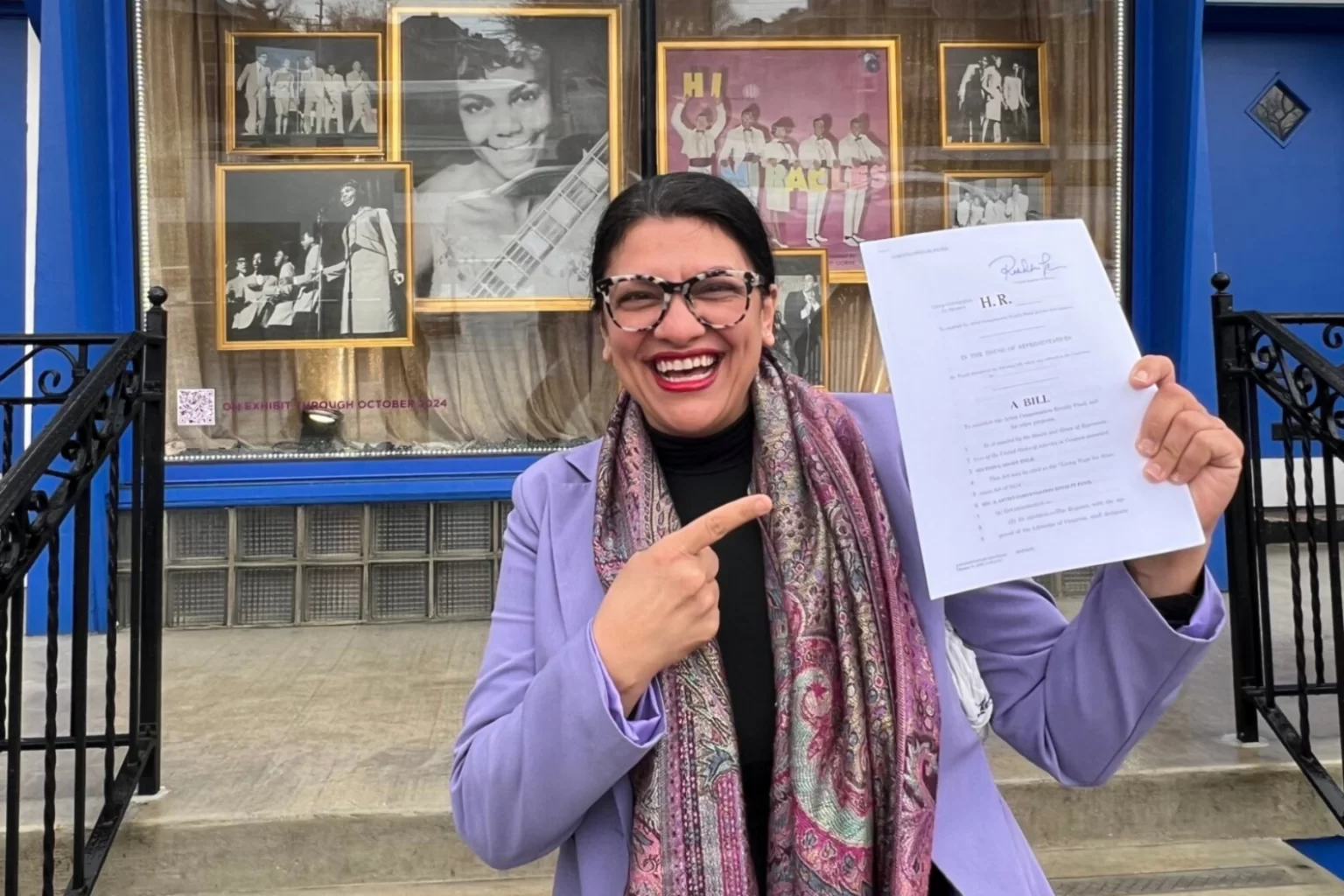Recorded music revenues have shown strong growth for the eighth consecutive year, according to the Recording Industry Association of America (RIAA). Wholesale value revenues topped $11 billion for the first time and retail values topped $17 billion, also for the first time. Things are booming in the music industry.
Unless you are an independent artist looking for a way to sustain your music career without having to hold down one or more second jobs. You may have a widely reviewed album, a strong social media presence, and go out on tour. You still will not make enough to manage without that second job or side hustle.
These days music lovers get their daily fix of music from streaming services such as Spotify, Apple, Amazon, and Google. Streaming accounts for 84% of the recorded music revenue in the United States. These services pay for the content they stream but on average they pay less than $0.002 per stream. Yes, that is less than two one-thousandths of a penny per stream.
So if you have a song that is streamed 100,000 times in a month, the services pay out less than $200 for the song. But the payment does not go directly to the artist. It goes instead to whoever holds the rights to the master recording. The typical artist gets somewhere between 15% and 50% of that $200.
The Living Wage For Musicians Act (H.R. 7763) proposes to change that. Introduced by Rep. Rashida Tlaib of Michigan in partnership with Rep. Jamaal Bowman of New York, H.R. 7763 would require an additional subscription fee earmarked for artists. In addition, a percentage of each platform’s non-subscription revenue to cover ad-supported (free) streaming would be paid into an Artist Compensation Royalty Fund. That fund, administered by a non-profit, would then distribute money directly to artists according to their monthly share of streams.

Under H.R. 7763’s formula, the artist would receive just under $1,200 per month. For just one song. What that means for the independent artist is discussed in this article by Erin-Leigh Hoffman. She writes about the impact on musicians in New York’s Hudson Valley but the same story could play out in hundreds of regions across the country.
H.R. 7763 also includes a maximum payout per track, per month, in order to generate a more sustainable income for a broader and more diverse set of artists. Money exceeding this cap – currently set at 1,000,000 streams for a track per month – will be used to increase the payout per stream for all recording musicians. The intent is to help musicians in every genre, across the US, have a more sustainable career.
For musicians this is an important piece of legislation. It faces many hurdles, however. For one thing, H.R. 7763 does not have a companion bill in the U.S. Senate which is essential as a bill must pass both houses of Congress before it can go to the President to be signed into law. Also, there are some who object to a maximum payout per track, per month believing such a cap would infringe on their creativity and autonomy.
Still in all, H.R. 7763 is an important step in compensating musicians fairly for their music. Importantly, the method proposed has already been used successfully since the early 2000s in response to the growing satellite and internet radio markets. SoundExhange was created as a non-profit to collect revenue and distribute it fairly.
If you want to know more about the Living Wage For Musicians Act or would like to support its passage, go to the United Musicians and Allied Workers (UMAW) website.


